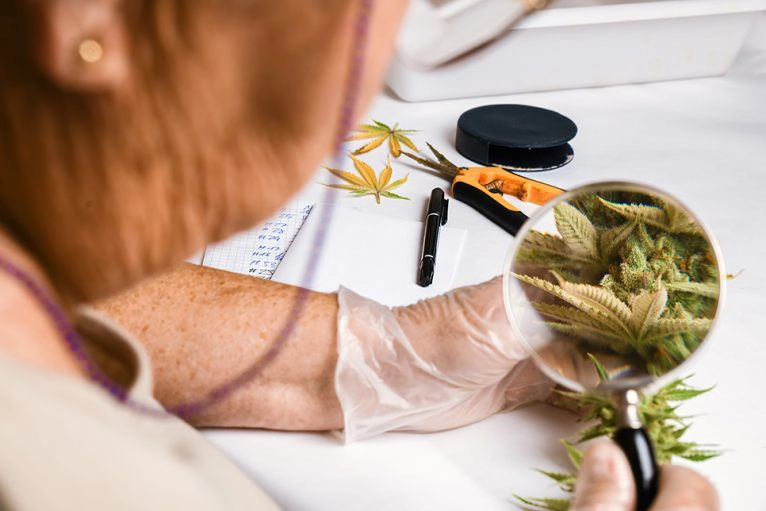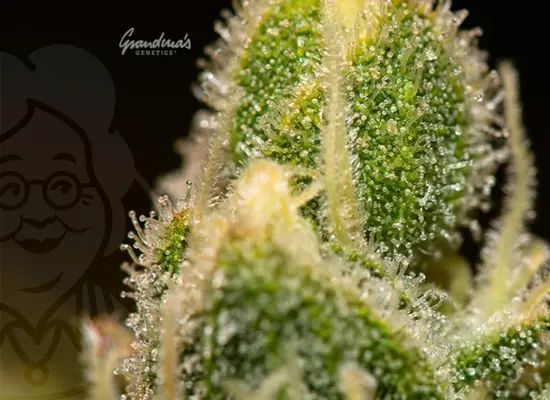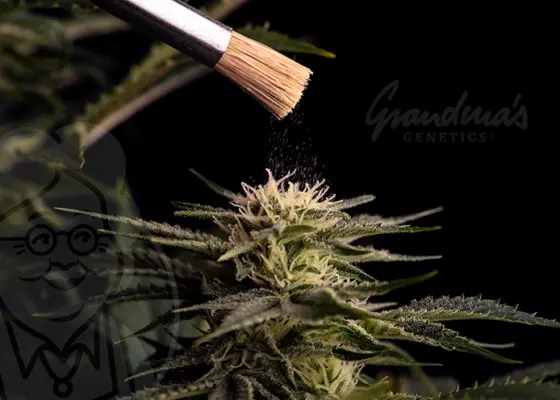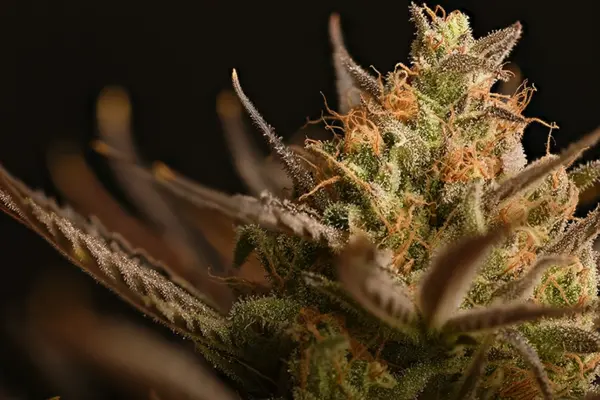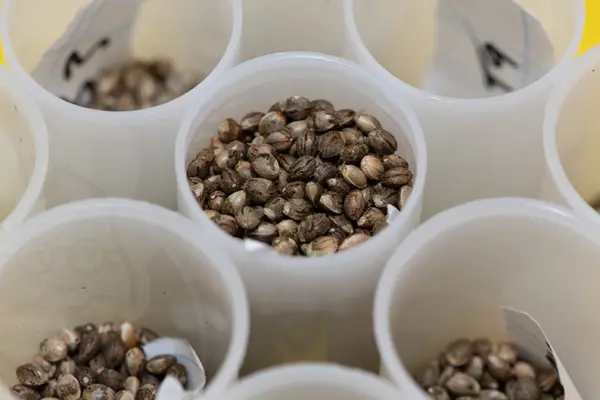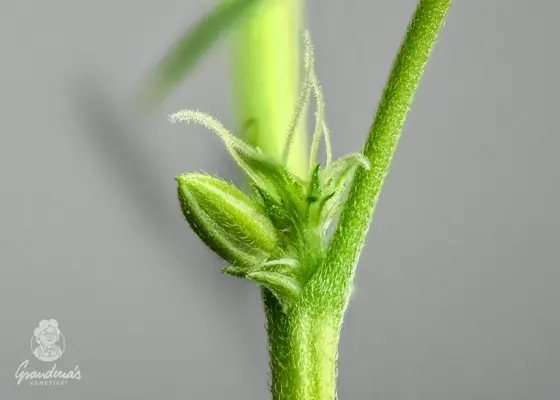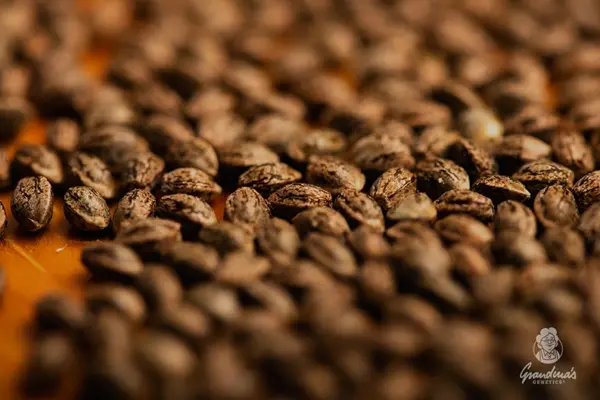Education & Information
Research & Development at Grandma’s Genetics
Between the numerous blogs and seed banks in the cannabis field, we have made it our goal to explain and at the same time promote the topic of breeding and R&D from the ground up so that others can benefit from it as well. Knowledge should always be free in the first place and science is what we don’t know yet, because science is knowledge that improves itself over an undefined period of time. Therefore it is also difficult to talk about facts at certain points. It is probably rather the well-known “Bro-Science”.
But let’s start with the actual topic and slowly work our way through the individual points.
What does Research & Development in Agriculture stand for and how can it best be implemented just as effectively on smaller private acreage or collectively?
Research & Development (R&D) in agriculture refers to the research and development of new technologies, practices and procedures in agriculture to improve efficiency, yields and sustainability. For example, this includes developing new seed varieties, improving farming practices, researching pest management methods, and developing water and resource management technologies.
To effectively implement R&D on smaller private plots or collectively, there are a few options:
1. Cooperate with other farmers: By joining forces with other farmers, resources and ideas can be shared to achieve common goals.
As some of you may have noticed, in 2022 we launched our first small “Research & Development Program” to which anyone who was interested could apply. Of course, there were a few small requirements. It is important to us that our testers are up to the tasks at hand and can keep a detailed diary in text and picture form.
At Grandma’s Genetics, it is important to us to test and have tested new genetics extensively before making them available to the general public if the test results are positive. Only when a new cross grows sufficiently stable, it has the chance to be included in the main menu. If there are important comments, we always include them.
Our goal is to work together on new genetics. If a tester even finds two potential parents and produces a good subsequent generation, this can be tested again and included in our menu, should it meet the requirements of stable genetics.
2. Collaboration with universities and research-oriented organizations: By collaborating with academic institutions and organizations involved in agricultural research, growers can gain access to new technologies and expertise.
We are proud and happy to have students from universities and individuals with academic degrees in our inner circle. They support us in testing new genetics, research projects and detailed reports and articles.
We are in constant exchange to share and compile new ideas, technologies, theories and findings.
Together with Lorenz from Research Gardens we have already published two articles on our blog, you can find them here.
3. Use of open source technologies: There are many open source technologies and tools available for free to farmers to perform R&D on their land.
Open source software for agriculture: there are a number of open source software tools that can help farmers monitor and manage their fields and crops. One example is “FarmOS“, a web-based farming platform that allows farmers to collect, store, and analyze data about their fields and crops.
Open source hardware for agriculture: there are also a number of open source hardware projects that can help farmers monitor and optimize their farming activities. One example is the “Arduino FarmShield“, an open-source kit that allows farmers to automatically monitor and control their fields and crops.Open
Source Plant Varieties: There is also a growing movement to release and distribute open source plant varieties, allowing farmers to build their own seed bank and increase diversity. One example is The Open Source Seed Initiative, an organization dedicated to making open source seeds available and increasing diversity in agriculture.
4. Participation in agricultural exhibitions and fairs: By participating in agricultural exhibitions and fairs, farmers can discover new technologies and practices and exchange ideas with other farmers and experts.
Of course, we are present at exhibitions as well as trade shows. However, we limit ourselves to the most important events, where most of our prospective customers can be found. It should be noted that we are a small team, which does not have large budgets or VC/investors available and therefore tries to work as economically viable as possible. We therefore ask for your understanding if we are not so easy to find. However, everyone is free to contact us if there are any questions about one of our products or which distributors can be found at which trade fairs.
5. Use of online resources and communities: There are many online resources and communities related to agriculture and R&D where growers can share ideas and experiences.
For sure you came across us because you already know some of our work from Instagram, Grow Diaries or other forums. So it is self-explanatory that we use such networks and platforms to constantly grow our community. Nevertheless, we want to stay as independent as possible and would be happy if you subscribe to our newsletter.
We do not send unnecessary emails, which bother you with constant advertising & Co., because the trust and peace of mind of our community is very important to us.




